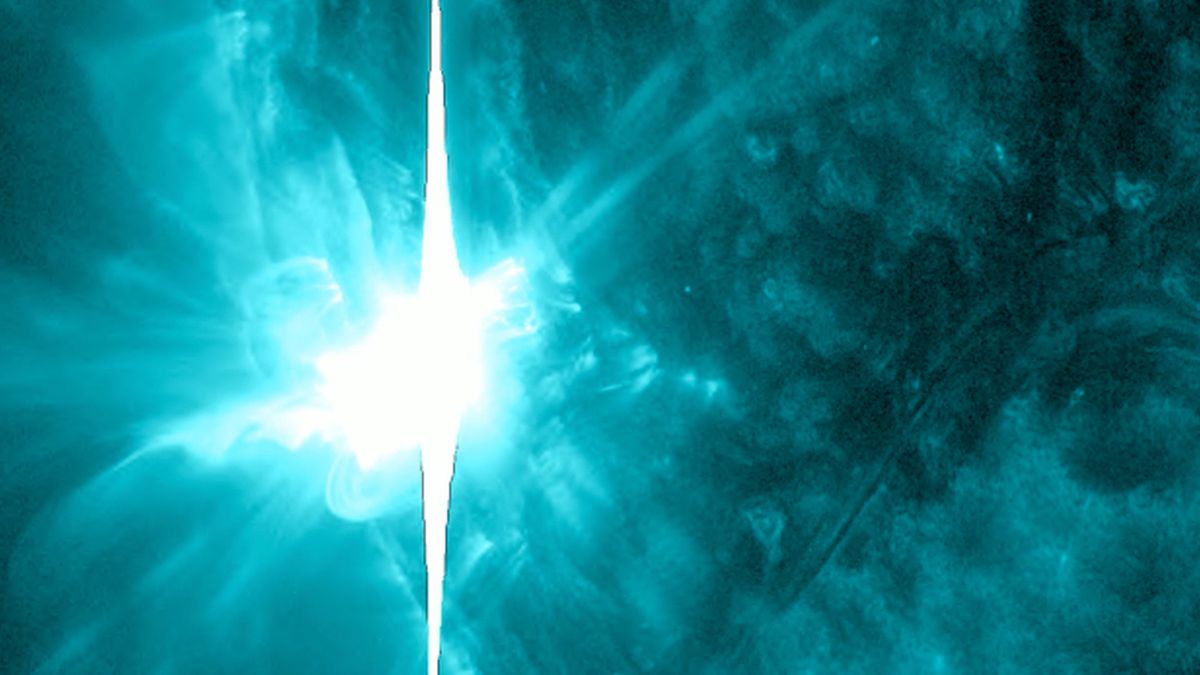
A powerful solar storm caused radio blackouts over parts of the US and Europe on May 29, 2024, after the sun released a stream of energized particles toward Earth. The National Oceanic and Atmospheric Administration (NOAA) reported disruptions to radar, GPS and satellite communications due to the solar storm.
The sunspot responsible for this event is AR3697, which had previously returned from behind the sun's limb as AR3664 in early May. This same sunspot had caused a G5 geomagnetic storm on May 10, 2024, resulting in auroras visible in all fifty states for the first time in decades.
NOAA predicted a 60% chance of radio blackouts through at least Friday, May 31, with a further possibility of solar radiation storms. Solar radiation storms may cause disruptions to satellite communications and interference with power grids.
The sun currently has eight active sunspots on its Earth-facing side. NOAA reported that two regions, 3691 and 3697, could launch higher than normal flares this week.
On May 27, AR3697 had already unleashed an X2.8 flare earlier in the day. X-flares are the strongest classification of flares and can cause significant disruptions on Earth.
The sunspot that caused these events rotates on its axis like Earth does, and spends time facing away from our planet before reappearing from our vantage point. The solar cycle is thought to be a year or more away from its peak in activity, meaning we may see more excitement in the coming weeks.
The sunspot AR3664 had spent the past few weeks on the far side of the sun that faces away from our planet but is now rotating back into view. This same sunspot had already caused a G5 geomagnetic storm earlier in May, which triggered auroras around the world.
NOAA held a briefing earlier this month when the world was under a severe geomagnetic storm and acknowledged that the sunspot will likely return for another round. Over the last 24 hours, solar activity has been deemed 'moderate,' releasing at least 21 flares with two powerful ones launching in the early hours of Wednesday.
The particles from these solar events can interact with our planet's magnetic field and atmosphere, causing disruptions to satellite communications and interference with power grids. They can also result in stunning auroras visible in the northern hemisphere.


